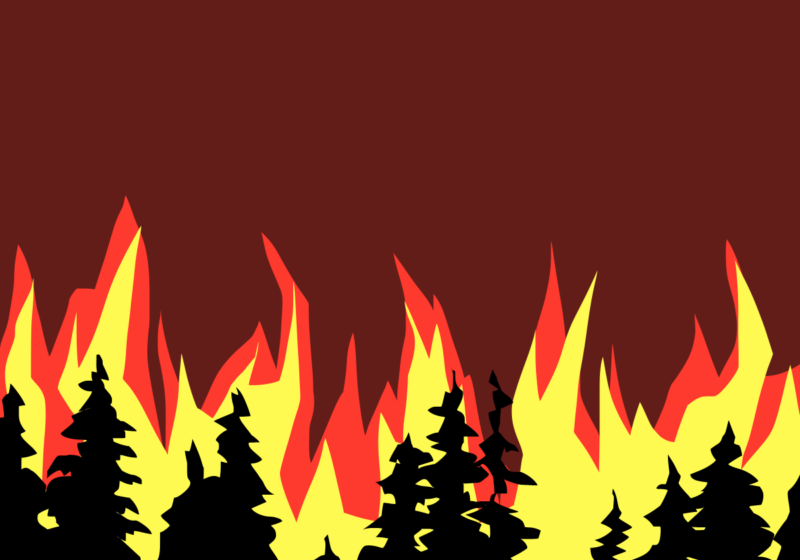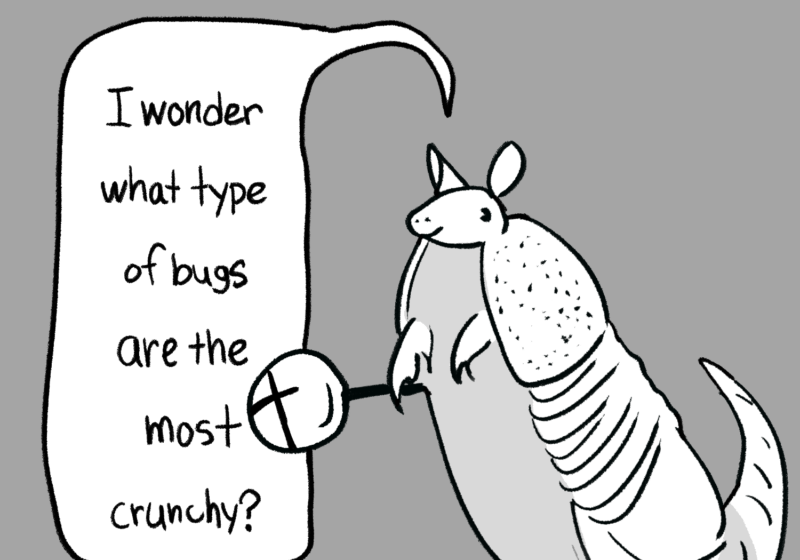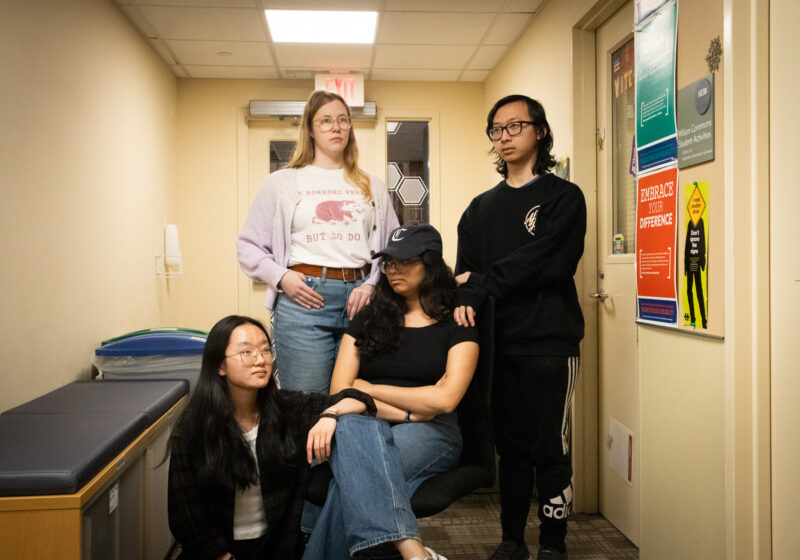It’s the end of the West Coast as we know it, and I feel fine.
This is one of those moments where I am extremely grateful that I live in Rochester, where the worst weather is measured in feet of snow rather than acres of fire. Other Americans aren’t so lucky.
People in California, Oregon, and Washington are living in some twisted version of the “This is fine” meme. Their red and orange skies are filling with ash as President Trump blames poor forest management, rather than climate change, for these deadly wildfires. In 2020 alone, wildfires have burned over 6 million acres of land in the U.S. Thousands of firefighters, over a thousand of which are inmates, are currently battling over 100 large fires out west. So far, at least 35 people have died and dozens have been declared missing.
When told that the White House needs to listen to science to protect against future wildfires, Trump responded, “I don’t think science knows.” Maybe he didn’t understand that the “science is a liar sometimes” bit from “It’s Always Sunny in Philadelphia” was a joke.
Or maybe his campaign is funded by fossil fuel leaders and lobbyists who profit off of his anti-science stance. We’ll just never know.
While humans start over 90% of forest fires (Smokey the Bear really needs to work on increasing his audience), climate change provides prime conditions for these fires to grow and spread. These factors include fuel availability (sticks, brush, fallen trees, etc.), fuel moisture content (preferably dry), wind (the faster it is, the more the fire will spread), and lightning strikes.
Researchers found that among larger class fires (between sizes of 300 and 5,000 acres), there was a strong negative correlation between fire activity and pre-fire season soil moisture content. Basically, the drier the soil, the more likely there will be fires during fire season.
Dr. Philip Duffy, President and Executive Director of the Woodwell Climate Research Center, stresses that the planet is undoubtedly warming every year. Among other environmental crises, it’s clear that this temperature increase has intensified forest fires.
Duffy says the hot, dry weather that results from climate change creates “fuel conditions” (mainly dried-out forests) that are “conducive to fire.” These conditions help fires spread their destruction as far as possible.
Good forest management can reduce risk, Duffy says, but he emphasizes that the best solution is to stop releasing so many greenhouse gases into the atmosphere.
We can’t ignore science if we want to limit the number of environmental crises we experience every year. Our perilous situation will only get worse, not just in the forest fire-prone western U.S., but around the entire world. Trump’s inaction and lies about climate change and science are killing Americans and will harm the rest of the world if we continue down this path.
Yes, climate change is real. Yes, it’s making fires worse. And no, we cannot wait to take action.




